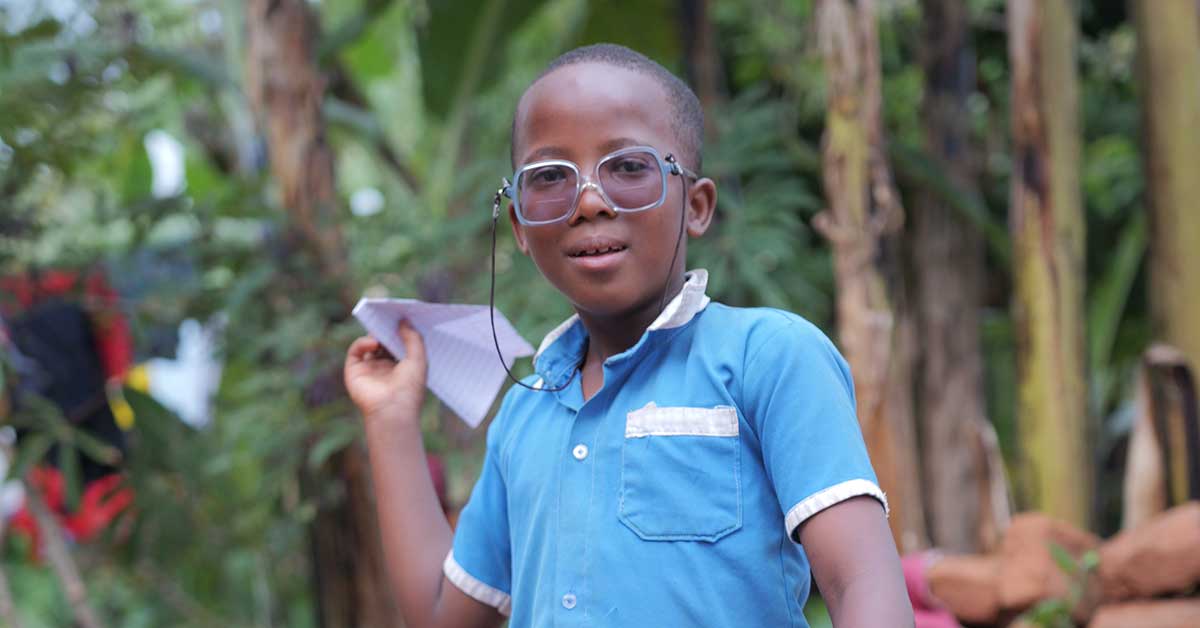
When a compassionate community of supporters joins forces with a dedicated team to eliminate preventable blindness, the results are extraordinary. Thanks to your unwavering support, tens of thousands of people regained their sight – bringing hope, possibilities, and brighter futures to communities worldwide.
Here are just a few highlights from 2024 that you made possible:
Continue reading











